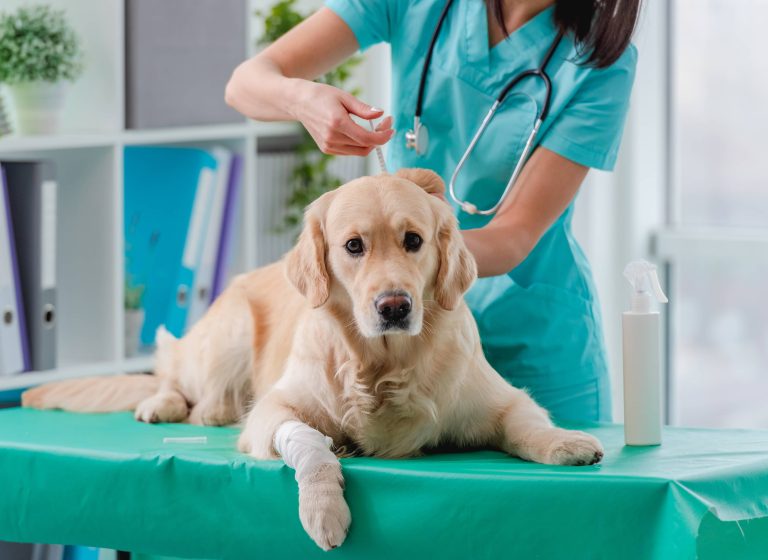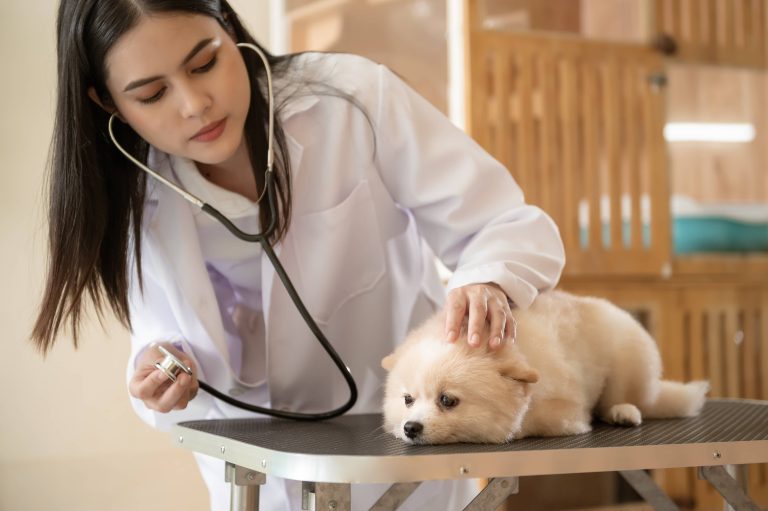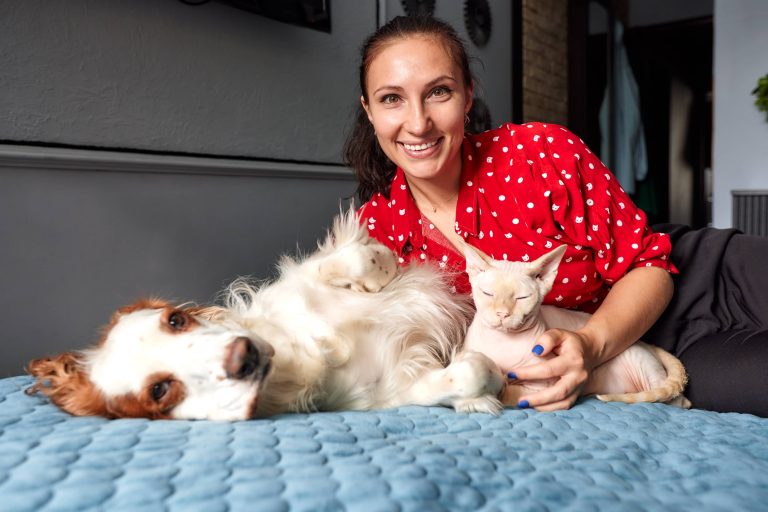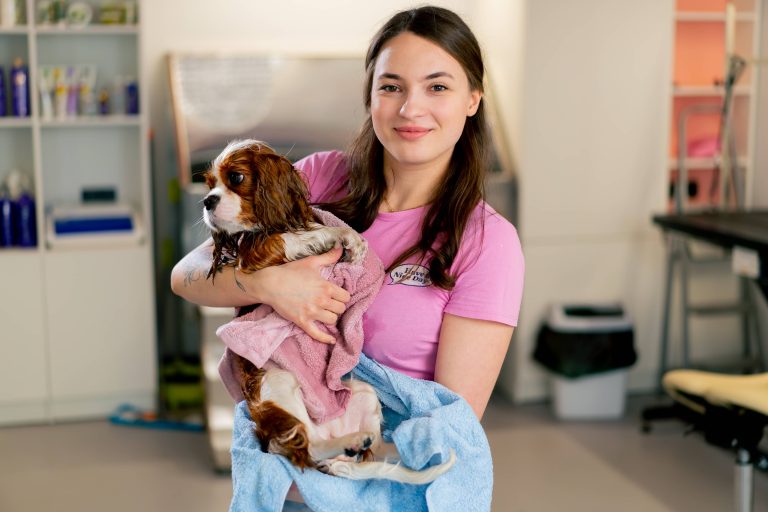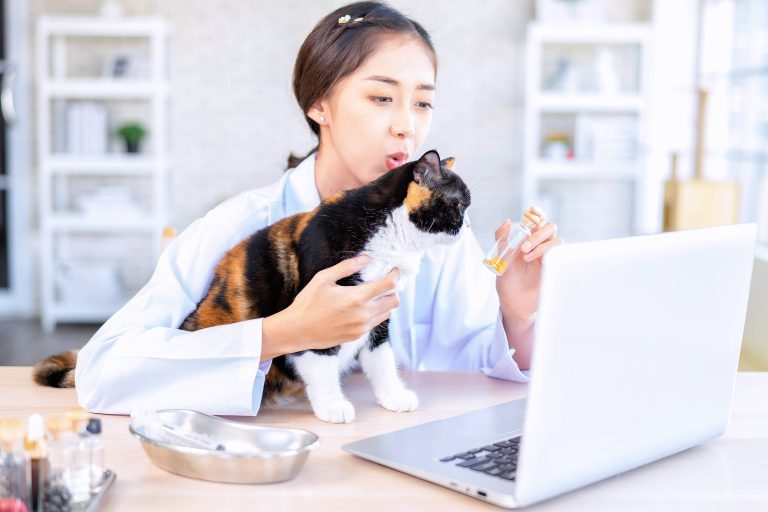Training Your Dog to Easily Take Medicine
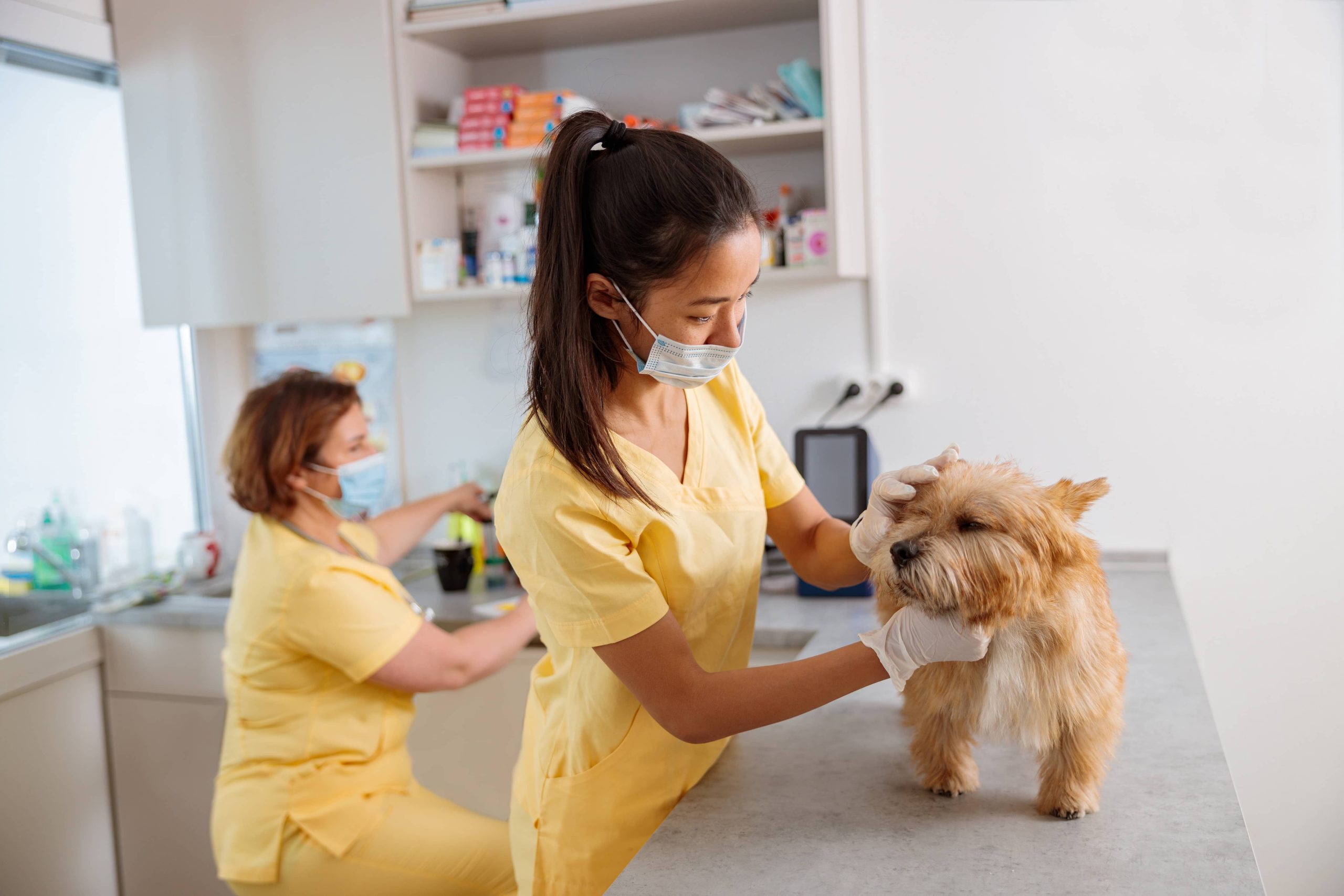
As any pet owner knows, caring for a dog’s health is of utmost importance. Maintaining their health often means administering medicine, whether it’s for an acute illness or a chronic condition. Unfortunately, getting a dog to take medicine can be a daunting task for many pet parents. Dogs are wary of foreign substances, and the unfamiliar taste or texture of medicine can lead them to resist. However, with the right training and techniques, you can teach your dog to easily take medicine. Here are some effective strategies to help ensure that your furry friend calmly accepts their medication.
Understanding the Challenge
Before delving into training methods, it’s essential to understand why dogs often refuse medicine. Dogs have a keen sense of smell and taste, which alerts them to anything unusual. Medication often has a strong odor and an unpleasant taste. Additionally, if they’ve had a negative experience with medicine in the past, they may be even more resistant.
Positive Reinforcement and Patience
The key to successfully administering medicine to your dog lies in positive reinforcement and patience. Rather than forcing the medicine down their throat, which can be stressful for both you and your pet, use positive experiences to associate medicine with rewards and praise.
Start with Treats
Begin by associating the act of giving medication with something positive. Use their favorite treats as a practice tool. Hold a treat close to their mouth and allow them to sniff it, then gently open their mouth and place the treat inside. Praise them and offer another treat as a reward. Repeat this process several times until they are comfortable with you putting something in their mouth.
Gradual Introduction
Once your dog is comfortable with you handling their mouth, introduce the medicine. Start with an empty pill capsule or a similar object to practice. Offer praise and treats after each successful attempt. Gradual exposure helps reduce anxiety and builds trust.
Use Hidden Pills
Hiding medicine in food is one of the simplest ways to get your dog to take it. Use soft foods like cheese, peanut butter, or canned dog food to conceal the pill. Make a small, bite-sized ball of the food and place the pill inside. Most dogs will readily gobble up their favorite snack without noticing the hidden medicine.
Pill Pockets
Pill pockets are specially designed treats with a built-in cavity for concealing pills. They come in various flavors that appeal to dogs. Simply place the medicine inside the pocket, pinch it closed, and offer it to your dog. For many dogs, pill pockets make the medicine-taking process stress-free.
Flavor-Improving Techniques
For liquid medicine or pills that cannot be hidden in food, consider flavor-enhancing techniques to make the medicine more palatable.
Flavor Compounding
Ask your veterinarian if the medication can be compounded. Veterinary compounding pharmacies can often add flavors like chicken or beef to liquid medications, making them more acceptable to your dog.
Mixing with Liquid
If you have a liquid medicine, try mixing it with a small amount of a highly palatable liquid, such as low-sodium chicken broth or a small amount of tuna juice. Ensure that the total volume of the mixture is not too much to handle in one dose.
Syringe Techniques
Administer liquid medication directly into your dog’s mouth using a syringe. Position your dog in a seated position, gently lift their lip, and insert the syringe into the corner of their mouth. Slowly squirt the medicine towards the back of their throat while offering encouraging words and rewards afterward.
Establishing a Routine
Dogs thrive on routine and predictability. Establish a consistent routine for administering medication to create a sense of familiarity.
Timing
Choose a time of day when you and your dog are both calm and relaxed. Avoid administering medication during stressful times or when your dog is overly excited.
Environment
Create a quiet and comfortable environment for medication time. Ensure that there are no distractions or loud noises that could add to your dog’s stress.
Training and Desensitization
If your dog tends to get anxious or resistant when you try to give them medication, you can work on desensitization and counterconditioning.
Desensitization Process
Desensitization involves gradually exposing your dog to the medication process in a controlled manner. Start by showing them the medication container without giving them the medication. Offer treats and praise each time they remain calm. Gradually progress to touching their mouth, holding their jaw, and eventually administering the medication. The goal is to break the process into small steps and reward calm behavior at each stage.
Counterconditioning
Counterconditioning involves changing your dog’s emotional response to the medication process. Associate the medication container, syringe, or pill pocket with something positive, like treats or playtime. Over time, your dog will begin to associate these items with positive experiences rather than anxiety.
Seeking Professional Help
If you’ve tried various techniques and still struggle to give your dog medicine, consider seeking help from a professional. A veterinarian or a professional dog trainer experienced in behavior modification can provide personalized guidance and support. They can offer advanced techniques and help address any underlying behavioral issues.
Conclusion
Training your dog to easily take medicine is a gradual process that requires patience, positive reinforcement, and understanding. By creating positive associations, establishing routines, and using effective techniques, you can significantly reduce your dog’s anxiety and resistance to taking medicine. Remember, every dog is unique, and what works for one may not work for another. Experiment with different methods and find the approach that best suits your dog’s personality and preferences. As you invest time and effort into this training, you’ll make medication time a smoother and more stress-free experience for both you and your furry companion.
